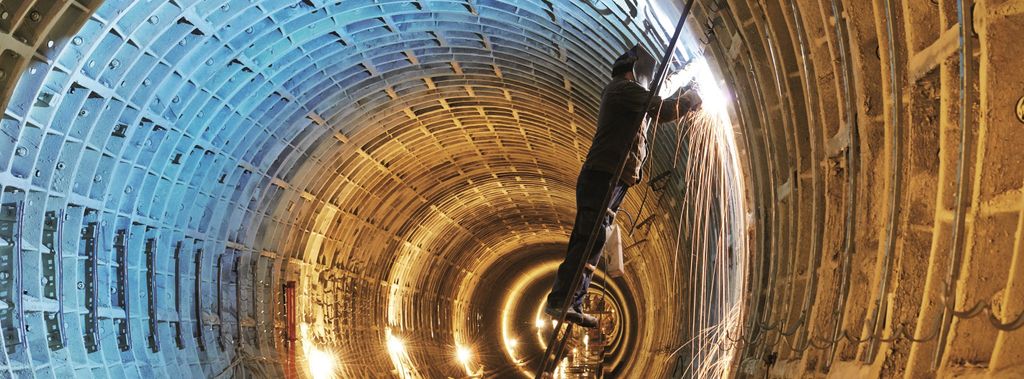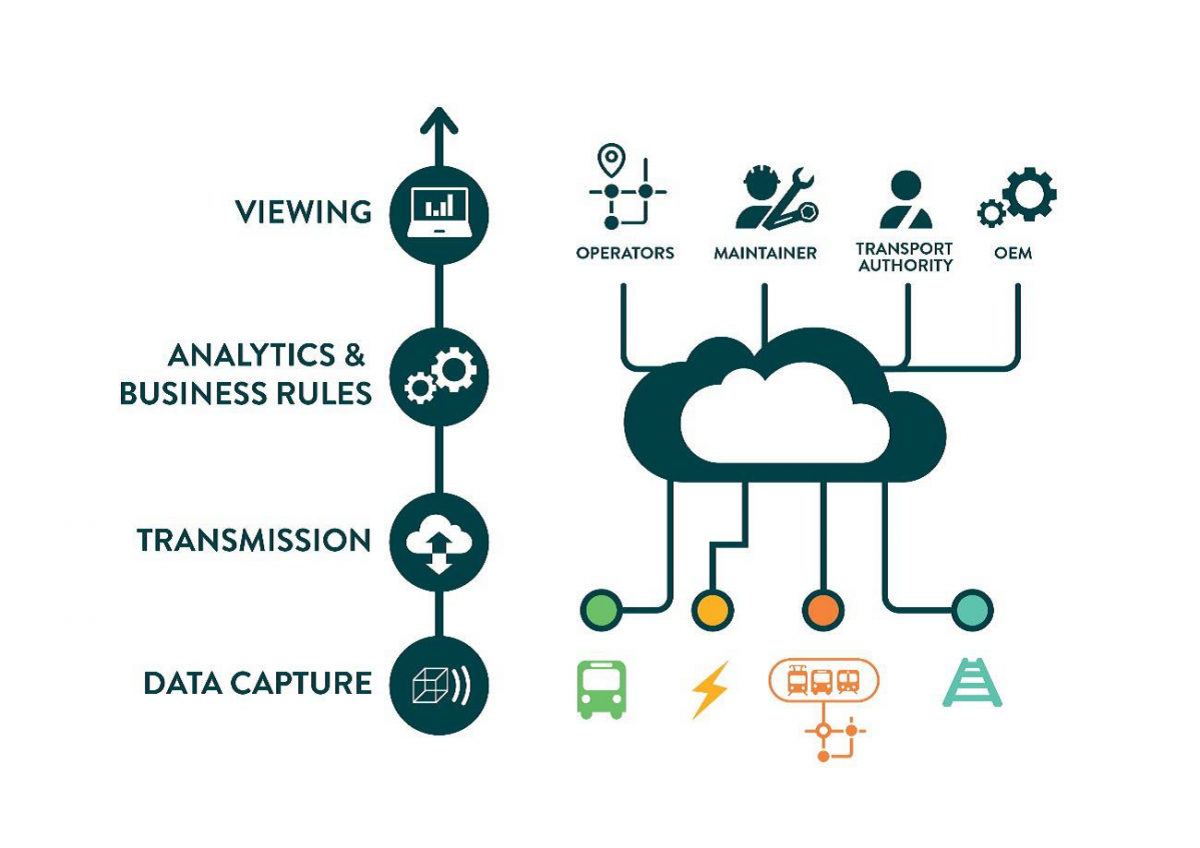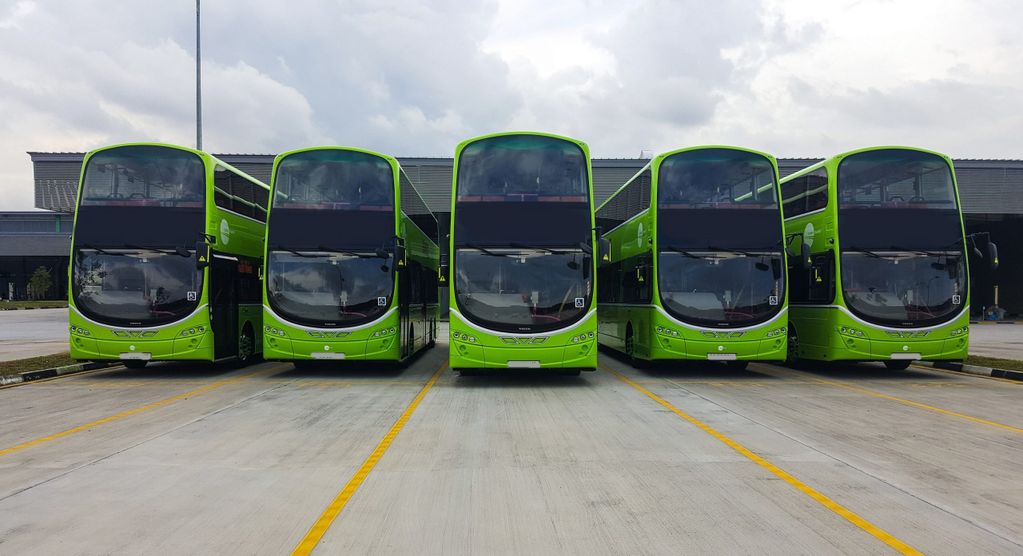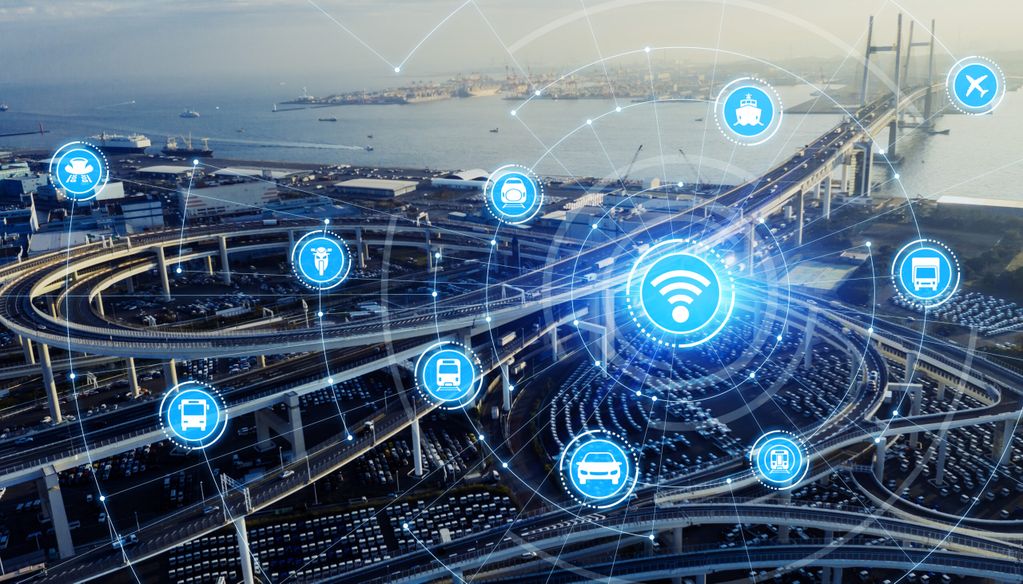
Digitalisation in Public Transport: Predictive Maintenance of Transport Assets
Digitalisation is influencing the way in which public transport operators maintain their assets. Smart systems, which often use artificial intelligence (AI), can predict when transport resources will break down or need renewing. This means that we are moving towards zero failure public transport systems.
Maintenance of Public Transport
Traditionally, the maintenance of public transport resources has been achieved by inspection and protection of transport devices and equipment . The time between maintenance has been defined based on observations and best practices however in many cases resources would be replaced too early, in order to avoid failure which could lead to higher costs. Assets here can mean any tool or public transport system such as a ticket machine, bus, tram, rail tracks etc.
Digitalisation in Maintenance of Public Transport
Nowadays, new technologies are increasingly impacting the transport business. AI and other data processing tools allow for intelligent and rapid data interpretation into meaningful information therefore leading to a transformation in business planning and maintenance activities. Smart asset management is possible with systems which can predict when a transport resource might break down , making it possible to plan and execute maintenance activities for each specific asset when they are actually needed.
Zero Failure System
Such predictive maintenance of assets can be the first step to a zero failure transport system. Imagine no ‘out of order’ buses on the streets and perfectly working ticket machines when you’re in a hurry on your daily commute! The main benefits of such systems are much lower down-time and costs thanks to the constant checking of equipment state and ‘health’ by the intelligent systems.
Through four steps: data measurement, data transmission, data analysis and based on that, prognosis with the use of algorithms and statistical data, maintenance predictions will become easier and easier to make. This process utilises data from different sub-systems , which is captured and transmitted to the cloud where it can be analysed and presented to different stakeholders for decision-making purposes.

Figure 1: four-step asset maintenance prediction
Implementation of Predictive Maintenance
Public transport companies should take a strategic decision to move towards predictive maintenance model. The digitalisation can only be achieved if businesses clearly define their goals for predictive maintenance systems: what they would want to achieve, for example cut maintenance costs and extend the life-span of transport assets. Furthermore, the communication of these benefits needs to be clear in order for investment in these systems to be made.
Of course, technical, economic, and commercial challenges can also be faced during predictive maintenance implementation, however in the end, the benefits of such systems outweigh the costs.
The topic of digital transformation in public transport will be further discussed during the IT-TRANS event in Karlsruhe, Germany between 3 and 5 March. A special session on the topic of digitalisation in maintenance will be held on 4 March at 14:00 by Michael Ruffer, who also contributed to the extensive report (Digitalisation and Asset Maintenance) which the ‘Digitalisation in public transport: Implementing Predictive Asset Maintenance’ Knowledge Brief is based on.
become a member







